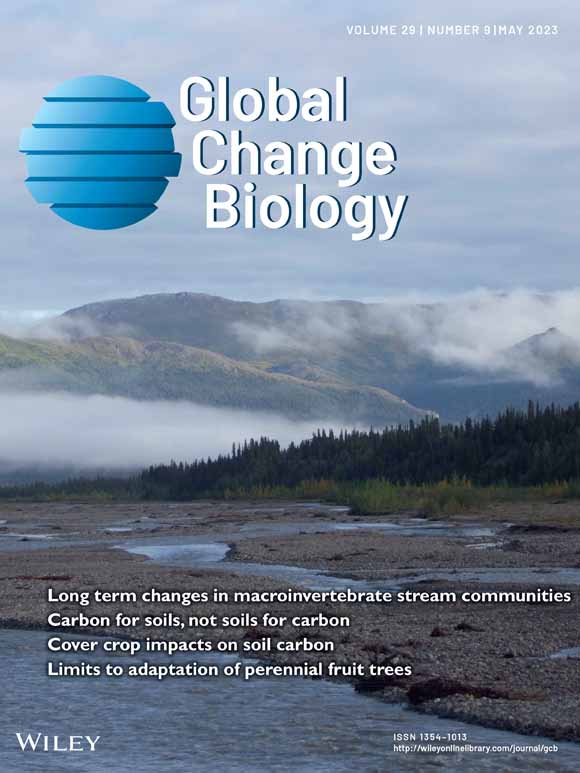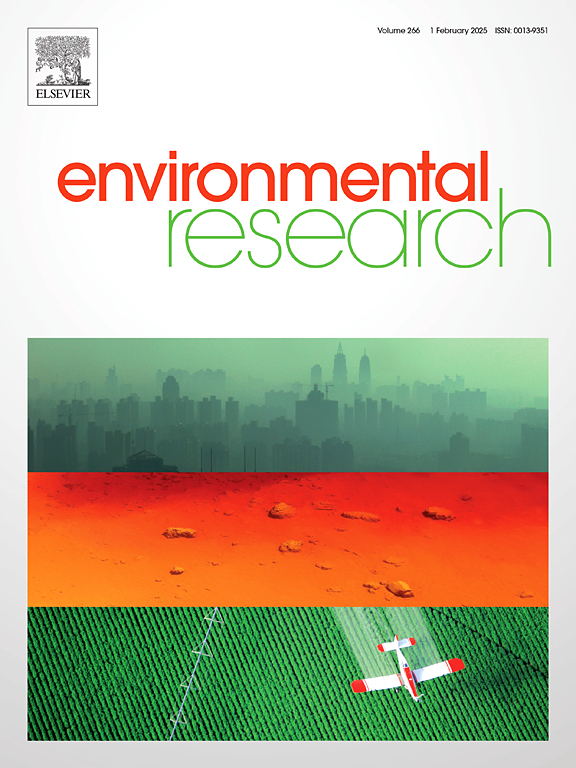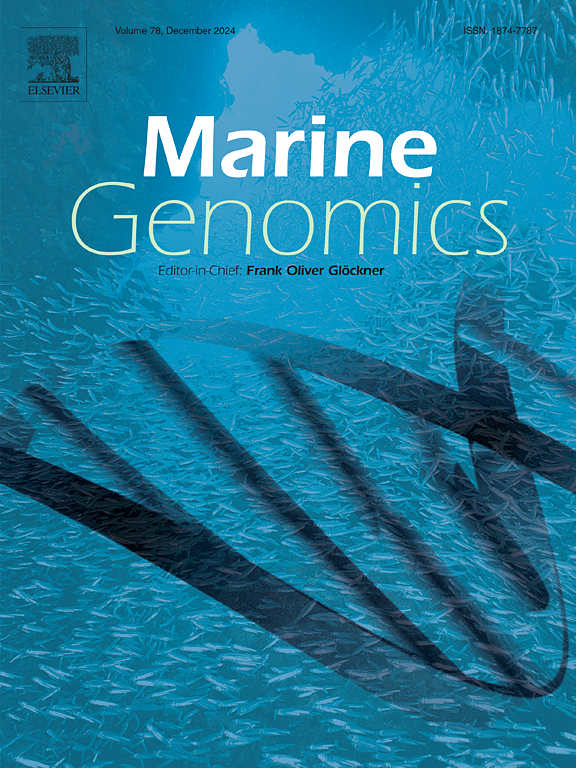Please find all scientific publications of IGB under > scientific publications
For more detailed information please refer to our > library catalogue
41 - 50 of 106 items
- Department:(Dept. 3) Plankton and Microbial Ecology
September 2024
Journal of Environmental Management. - 367(2024), Art. 122011
Human activities-impacted lake dissolved organic matter (DOM) affects phycosphere microbial diversity and DOM diversification via carbon metabolism
Yingyue Song; Xinghong Cao; Sheng-Ao Li; Zhe Li; Hans-Peter Grossart; Hua Ma

July 2024
Global Change Biology. - 30(2024)8, Art. e17448
Antibiotic resistance genes: A global change factor
Yuyi Yang; Hans-Peter Grossart
July 2024
FEMS Microbiology Ecology. - 100(2024)8, Art. fiae103
Microbial remineralization processes during postspring-bloom with excess phosphate available in the northern Baltic Sea
Mari Vanharanta; Mariano Santoro; Cristian Villena-Alemany; Jonna Piiparina; Kasia Piwosz; Hans-Peter Grossart , Matthias Labrenz; Kristian Spilling
July 2024
Frontiers in Microbiology. - 15(2024), Art. 1428701
Seasonal dynamics of free-living (FL) and particle-attached (PA) bacterial communities in a plateau reservoir
Yang Yang; Chen Chen; Kai Yao; Hans-Peter Grossart

July 2024
NanoImpact. - 35(2024), Art. 100514
Analytical methods for quantifying PS and PVC Nanoplastic attachment to activated sludge Bacteria and their impact on community structure
Fazel Abdolahpur Monikh; Nhung H.A. Nguyen; Mandar Bandekar; Jakub Riha; Sara Bogialli; Paolo Pastore; Hans-Peter Grossart; Alena Sevcu

July 2024
Environmental Research. - 252(2024)4, Art. 119126
Metabarcoding reveals potentially mixotrophic flagellates and picophytoplankton as key groups of phytoplankton in the Elbe estuary
Nele Martens; Vanessa Russnak; Jason Woodhouse; Hans-Peter Grossart; C.-Elisa Schaum
June 2024
Science. - 384(2024)6701, 1191-1195
Human activities shape global patterns of decomposition rates in rivers
S. D. Tiegs; K. A. Capps; D. M. Costello; J. P. Schmidt; C. J. Patrick; J. J. Follstad Shah; C. J. LeRoy; the CELLDEX Consortium

June 2024
Marine Genomics. - 75(2024), Art. 101111
Complete genome sequencing of Hortaea werneckii M-3 for identifying polyester polyurethane degrading enzymes
Minghuang Ling; Kai Zhang; Juan Hu; Xiaomei Huang; Gaili Fan; Hans-Peter Grossart; Zhuhua Luo
May 2024
Water Research. - 255(2024)1, Art. 121497
Unlocking the potential of bacterioplankton-mediated microcystin degradation and removal: A bibliometric analysis of sustainable water treatment strategies
Richard Mugani; Fatima El Khalloufi; El Mahdi Redouane; Mohammed Haida; Roseline Prisca Aba; Yasser Essadki; Soukaina El Amrani Zerrifi; Abdessamad Hejjaj; Naaila Ouazzani; Alexandre Campos; Hans-Peter Grossart; Laila Mandi; Vitor Vasconcelos; Brahim Oudra
May 2024
Environmental Pollution. - 348(2024), Art. 123878
Evaluating microcystinase A-based approach on microcystins degradation during harvested cyanobacterial blooms
Siyu Yang; Jun Zuo; Hans-Peter Grossart; Guofei Dai; Jin Liu; Lirong Song; Nanqin Gan







